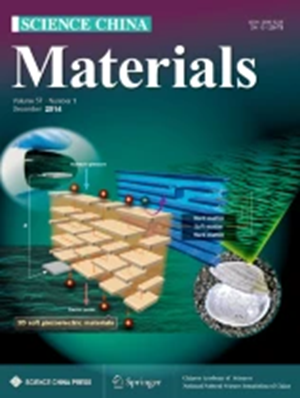Facile and scalable synthesis of bismuth oxyhalide nanosheets anodes for fast and durable sodium-ion storage
Abstract
Bismuth oxyhalide (BiOCl) holds promising potential as the anode for sodium-ion batteries (SIBs) due to its high theoretical capacity and unique layered structure. However, its practical applications are hindered by challenges such as large volume variations during cycling, the ambiguous Na+-storage mechanism, and complex synthesis methods. Here, we present a facile and scalable strategy to fabricate a high-performance BiOCl nanosheets anode for SIBs. Through comprehensive in-situ and ex-situ microscopic characterizations and electrochemical analysis, we reveal that the sodiation/desodiation process of the BiOCl nanosheets anode leads to the formation of metallic Bi and Na3OCl. The metallic Bi acts as an active material for Na+ storage in subsequent cycles, while the formed Na3OCl enhances the stability of the solid-electrolyte interphase (SEI) layer and facilitates Na+ transport. Additionally, the metallic Bi gradually transforms into a nanoporous structure during cycling, improving Na+ transport and mitigating volume variations. As a result, the BiOCl nanosheets anode exhibits outstanding electrochemical performance, with impressive rate capability and cycling stability. Furthermore, full cells paired with the Na3V2(PO4)3 (NVP) cathode and pre-cycled BiOCl nanosheets anode also demonstrate a superior rate and cycling performance. This work offers valuable insight into the development of high-performance anodes for advanced SIBs.

 求助内容:
求助内容: 应助结果提醒方式:
应助结果提醒方式:


